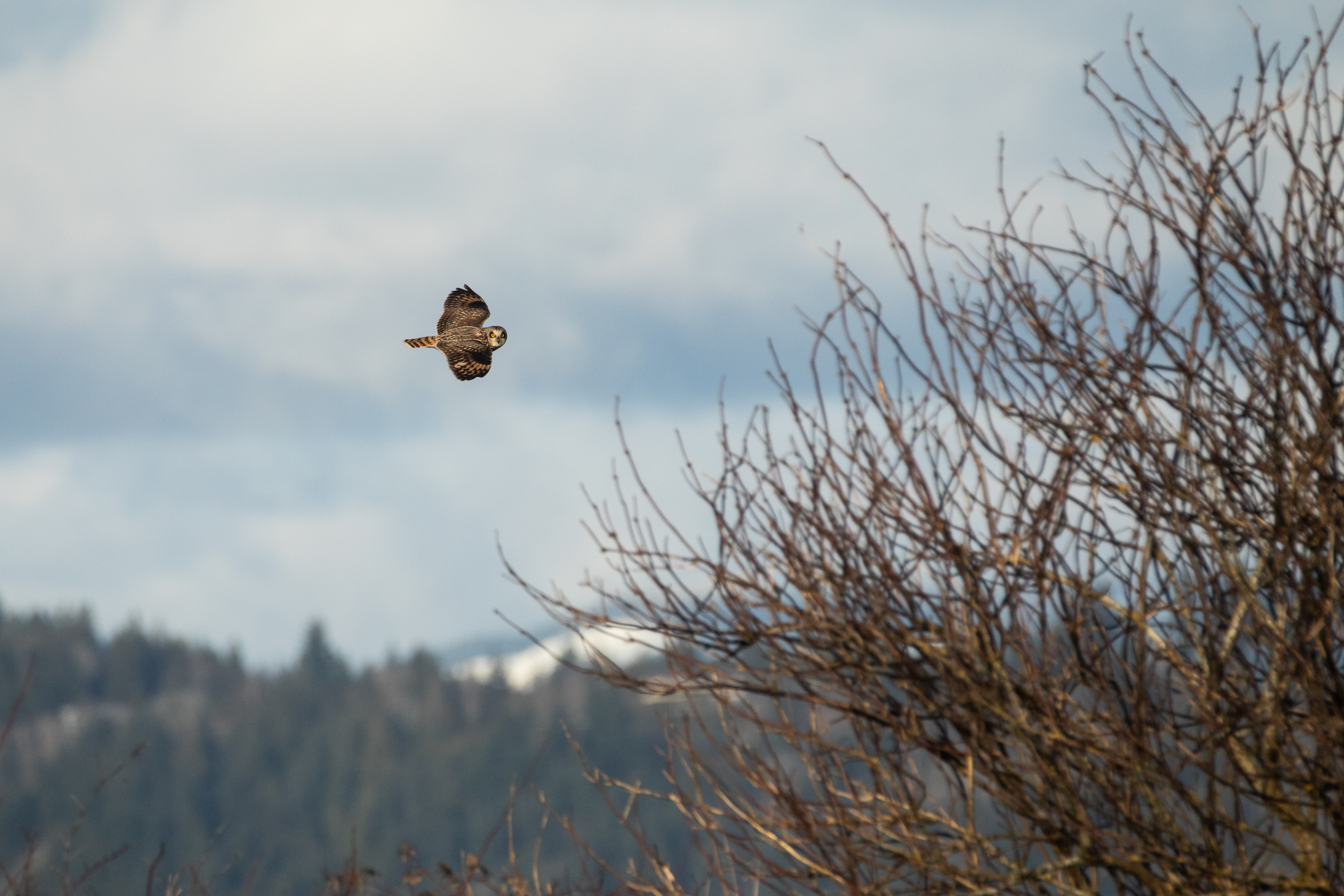Pellets Inc. wouldn’t exist if it weren’t for the barn owls that supply the raw materials for the business.
These creatures not only reside in barns or outbuildings but also find shelter in mammal burrows, potholes in the sides of cliffs or ungroomed palm trees in arid climates, says Pellets Inc. owner Bret Gaussoin.
Vineyards in California enlist barn owls in rodent control, putting up nesting boxes to encourage the owls to live near the fields. Gaussoin says Israel has the largest barn owl nest program in the world, with nest boxes around all the agricultural fields. Using barn owls for rodent control is nearly free and doesn’t require the use of poison, making it good for the owls, the farmers and the environment.
The “hoot” we associate with owls doesn’t belong to the barn owl, Gaussoin says. “They make quite a wide variety of sounds, none of which you would ever associate with an owl,” he says. From a loud penetrating screech of their courtship call to clicks and clacks used in greetings and defensive warnings, about 20 separate sounds have been documented as part of the barn owl’s vocabulary.
Because the barn owl is the most strictly nocturnal of the owls, you’ll not likely see them, nor recognize those sounds out your back door as being from an owl.
“[People] hear these funny noises at night and don’t realize they have barn owls in their neighborhood,” Gaussoin says.
In the past decade or so, the West has been invaded by a new species, the barred owl. They don’t use manmade structures as dwellings, and they are the ones you’re likely to stumble across when out on a walk. In the Bellingham area, Gaussoin says you can find them nesting in Cornwall Park and at Lake Padden. Beware, he adds, they can be fairly aggressive.
